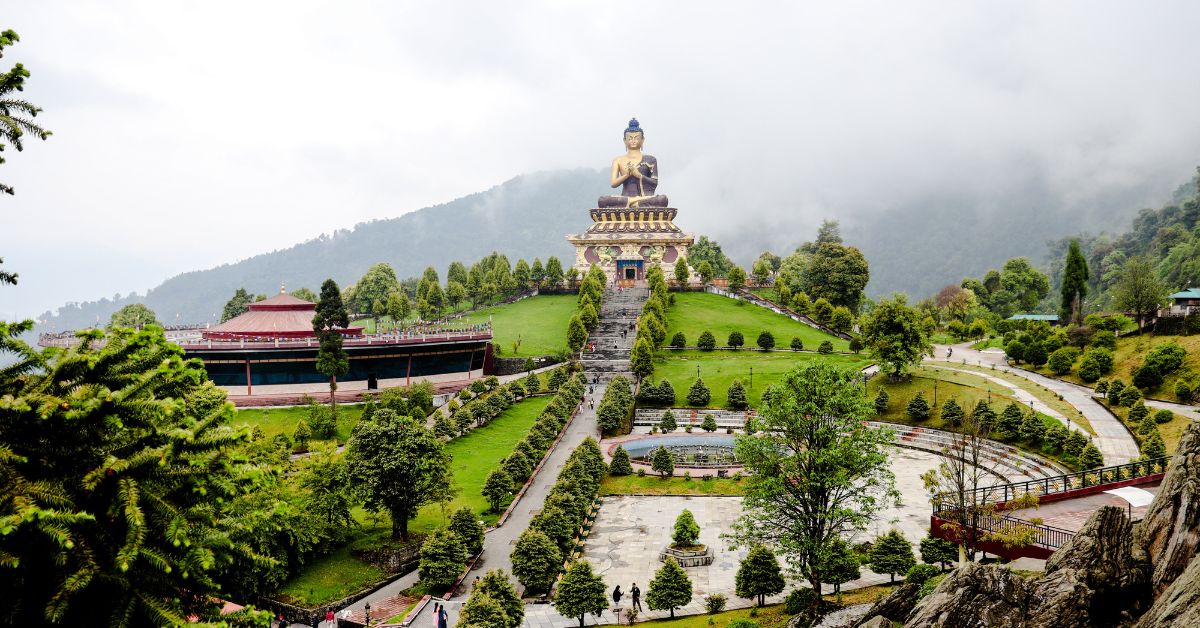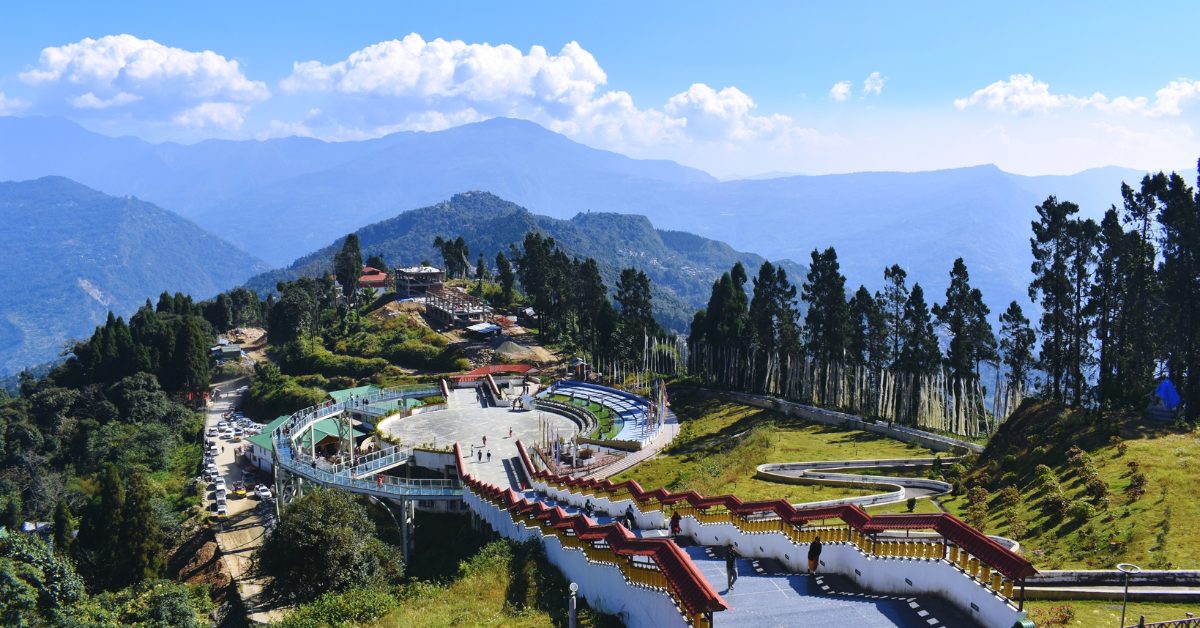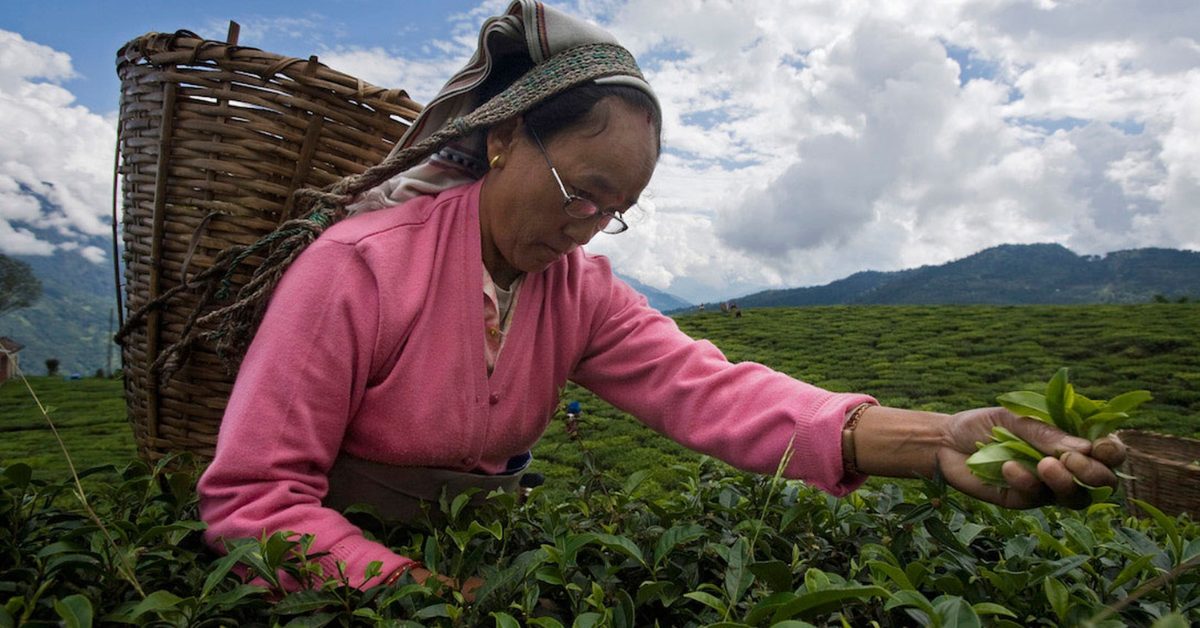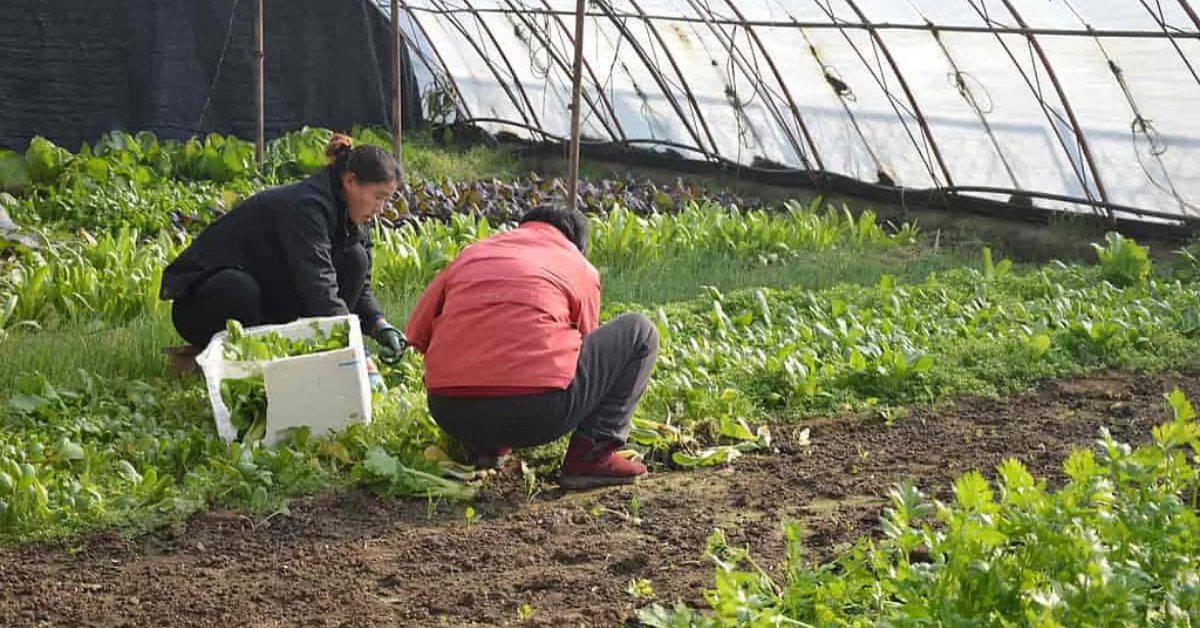The State That Did It First: How Sikkim Went 100% Organic & Changed Indian Farming
In most parts of India, the legacy of the Green Revolution still lingers — characterised by heavy use of chemical fertilisers and pesticides. But tucked away in the eastern Himalayas, one state quietly took a different route.
Welcome to Sikkim. Known for its snow-capped mountains and peaceful monasteries, this small northeastern state also holds a powerful environmental milestone: It is India’s first fully organic state.
There were no viral campaigns or sweeping national mandates. Just a bold vision, clear policy, and the will to see it through. What began in 2003 as a state’s commitment slowly transformed into a grassroots revolution that reshaped farming, protected the environment, and inspired the world.
The seed of a bold idea
In 2003, then Chief Minister Pawan Kumar Chamling made a landmark announcement: Sikkim would go 100% organic.
This wasn’t a reaction to a crisis. It was a preemptive move against environmental degradation, declining soil health, and the long-term harms of chemical-based agriculture. By choosing to ban the import and use of chemical fertilisers and pesticides, Sikkim declared its intent to farm with nature, not against it.
 The true transformation began in 2010, when the state launched the Sikkim Organic Mission. Picture source: Shutterstock
The true transformation began in 2010, when the state launched the Sikkim Organic Mission. Picture source: Shutterstock
The decision was ambitious — and it sparked a movement that would span over a decade.
How the Sikkim Organic Mission changed the game
The true transformation began in 2010, when the state launched the Sikkim Organic Mission. This wasn’t just a farming policy; it was a comprehensive shift in how food was grown, certified, and marketed.
- More than 750 agriculture officers were trained.
- Village-level training and demonstration farms helped spread awareness.
- Compost pits and vermicompost units were created at scale.
- Certification systems ensured every farm plot was documented and monitored.
 The landscape of Sikkim has changed drastically since 2015. Picture source: Shutterstock
The landscape of Sikkim has changed drastically since 2015. Picture source: Shutterstock
By 2015, all of Sikkim’s 75,000 hectares of farmland had been converted to certified organic. Over 66,000 farming families were now part of the organic ecosystem.
Overcoming scepticism and real challenges
The transition wasn’t smooth. In the early years, many farmers saw a drop in crop yields. Some were unsure whether they could access reliable markets for organic produce.
 Farmers received subsidies, organic input kits, and marketing support. Picture source: Lifegate
Farmers received subsidies, organic input kits, and marketing support. Picture source: Lifegate
But the state stood by them. Farmers received subsidies, organic input kits, and marketing support. Institutions like the Agriculture Technology Management Agency (ATMA) helped bridge knowledge gaps.
Even infrastructure saw an upgrade. Roads, storage facilities, and collection centres were strengthened to ensure organic produce could reach markets effectively.
The result? Farmers who were once hesitant became champions of sustainable farming.
What changed on the ground
The impact of the transition was felt far beyond the fields:
- Environmental gains: Healthier soil, better water retention, and a noticeable return of birds, insects, and pollinators. In fact, pollinator-dependent crops like cardamom have seen yield increases of over 23%.
- Economic uplift: Organic produce fetched better prices, increasing farm incomes.
- Tourism boost: Between 2014 and 2017, tourist arrivals increased by over 50%. Sikkim became a magnet for eco-conscious travellers drawn to its clean air, healthy food, and organic farms.
- Social transformation: Women in rural communities found new livelihood opportunities through organic farming and agro-tourism. This shift enhanced their roles in decision-making and brought added dignity and income into households.
Educating the next generation
To ensure that organic farming isn’t just a policy but a way of life, Sikkim has also integrated sustainability into its education system. Organic farming concepts are part of the school curriculum, and training centres have been set up to equip youth with skills in eco-agriculture.
These efforts not only secure the organic movement’s future but also open up employment avenues for the next generation.
 Organic farming has been included in the curriculum of schools to make them aware of the special techniques used. Picture source: The Sentinel
Organic farming has been included in the curriculum of schools to make them aware of the special techniques used. Picture source: The Sentinel
Recognition that echoed worldwide
In 2018, Sikkim was awarded the prestigious Future Policy Gold Award by the UN Food and Agriculture Organization (FAO), beating 51 other policies across the globe.
What set Sikkim apart was not just its organic farming achievement. The FAO praised its holistic model — covering education, biodiversity, ecosystem restoration, and institutional support.
Sikkim wasn’t just growing food without chemicals. It was nurturing an entire ecosystem around sustainable living.
A model for the rest of India (and beyond)
Inspired by Sikkim, several other states—including Kerala and Andhra Pradesh—have since launched their own natural or organic farming missions.
International delegations, too, have visited Sikkim to learn from its journey. While challenges remain, such as competition from non-organic produce and the need for wider market access, Sikkim’s example proves that it’s possible.
With proactive leadership, community engagement, and long-term planning, a sustainable farming future is not just a dream. It is not just a success story. It is a reminder that sustainable futures can be built— one policy, one farm, and one community at a time.
Edited by Khushi Arora
News